Whole house wood flooring install.
Dan
5 years ago
Featured Answer
Sort by:Oldest
Comments (16)
Chessie
5 years agoDan
5 years agoRelated Discussions
Keep the Wood Floors or Carpet the Whole House????
Comments (31)Are you DIY'ers and do you have the time to work on the floors. If they need a total refinish, i.e. sanded to bare wood, you might look at hiring a pro to do the sanding only. It is not that difficult to stain and finish with poly. What type of wood do you have? Mine are oak with no stain, just several coats of poly. THe last floor we done, I hired the sanding and applied the finish myself - three coats of clear satin poly. It just takes time and patience. I will be happy to share the details with you if you go that route. You can do it much less than $5,000 this way....See Morefyi for installing wood floors on concrete slab homes
Comments (3)A good deal of that info has to do with preventing moisture problems BEFORE the slab is poured. For installing wood flooring for those who aren't pouring a new slab, the author recommends a "fluid moisture barrier" rather than a plastic sheeting barrier, but doesn't say much (anything?) else beyond that. Is he suggesting something like Redguard?...See MoreReplace carpet and tile with engineered wood in the whole house
Comments (1)You’re not getting zero....See MoreVinyl Plank flooring for a whole house install
Comments (2)Hi Beth. I know that if you do a search for 'Coretec flooring' or 'Coretec LVP' in discussions you'll find a lot of threads; a recent discussion was a concern about the flooring being abrasive to socks and clothing. I haven't seen Market brand as much very but you could search 'Market LVP flooring'. Sometimes the conversations are dated but should give you a good idea of people's thoughts. We're building with a home builder so we're limited in brands; the builders option is Armstrong. I choose to outfit our whole home with Armstrong Empower Scandia Oak Rigid Core LVP. I hope it's right choice because it's quite the price tag. Good luck....See MoreChessie
5 years agoUser
5 years agoChessie
5 years agoDan
5 years agoUser
5 years agolast modified: 5 years agoSJ McCarthy
5 years agoDan
5 years agosofaspud
5 years agoDan
5 years agoDan
5 years ago
Related Stories

FLOORSWhat's the Right Wood Floor Installation for You?
Straight, diagonal, chevron, parquet and more. See which floor design is best for your space
Full Story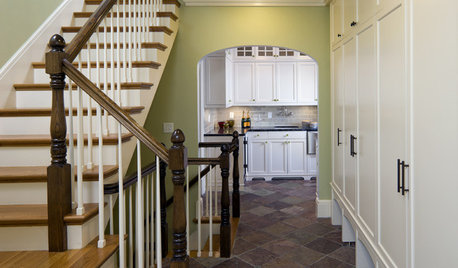
TILE6 Questions to Answer Before You Install Tile Flooring
Considering these things before tackling your floors can get you a better result
Full Story
FENCES AND GATESHow to Install a Wood Fence
Gain privacy and separate areas with one of the most economical fencing choices: stained, painted or untreated wood
Full Story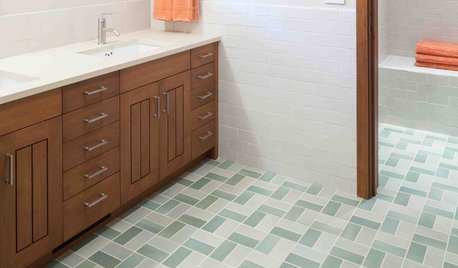
GREAT HOME PROJECTSHow to Install a New Tile Floor
Is it time to replace your tile floor? Here’s how to get it done, which pros to call and what it will cost
Full Story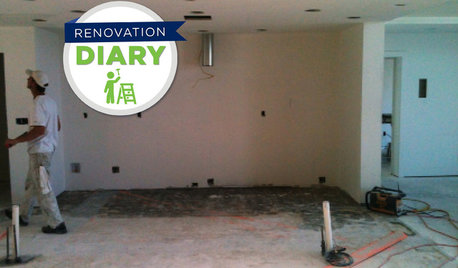
REMODELING GUIDESRanch House Remodel: Installing the Interior Finishes
Renovation Diary, Part 5: Check in on a Florida remodel as the bamboo flooring is laid, the bathroom tiles are set and more
Full Story
REMODELING GUIDESYour Floor: An Introduction to Solid-Plank Wood Floors
Get the Pros and Cons of Oak, Ash, Pine, Maple and Solid Bamboo
Full Story
FLOORSHow to Get a Tile Floor Installed
Inventive options and durability make tile a good choice for floors. Here’s what to expect
Full Story
BATHROOM DESIGNShould You Install a Urinal at Home?
Wall-mounted pit stops are handy in more than just man caves — and they can look better than you might think
Full Story
REMODELING GUIDESContractor Tips: How to Install Tile
Before you pick up a single tile, pull from these tips for expert results
Full Story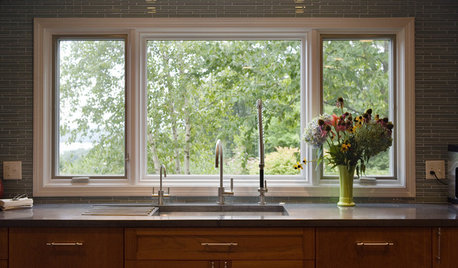
WINDOWSContractor Tips: How to Choose and Install Windows
5 factors to consider when picking and placing windows throughout your home
Full Story


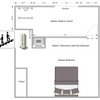



User